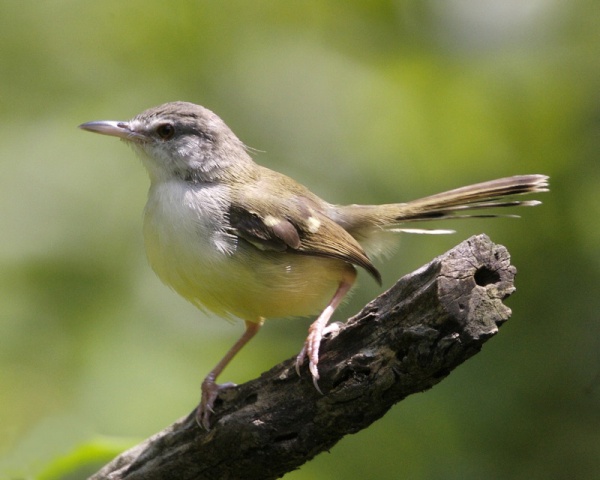Facts About Prinia
Prinias are small, insect-eating birds belonging to the genus Prinia within the passerine family, Cisticolidae. Formerly classified under the Old World warbler family, Sylviidae, they are sometimes referred to as wren-warblers. These relatively obscure birds are distributed across tropical and subtropical regions of Africa and Asia, favoring open areas with tall grass or scrub where they can remain concealed.
Prinias typically possess short wings, long tapering tails, and dull brown or grey plumage. Their slender, slightly curved bills are well-adapted for catching insects.
The genus Prinia was first described by Thomas Horsfield in 1821, with the bar-winged prinia designated as the type species. The name "Prinia" is derived from the Javanese word "prinya" which refers to the bar-winged prinia. In 2013, a molecular study led to the reclassification of the rufous-vented grass babbler and the swamp grass babbler into the genus Laticilla within the family Pellorneidae.
There are currently 27 species within the genus Prinia, including the Himalayan prinia, red-winged prinia, and black-throated prinia, among others. Some species have undergone taxonomic revisions and have been reassigned to different genera. For instance, the Sierra Leone prinia and the white-chinned prinia are now classified under Schistolais, while the rufous-vented grass babbler and the swamp grass babbler are placed in the genus Laticilla. Prinias exhibit a variety of plumage patterns and behaviors, allowing them to adapt effectively to their diverse habitats in Africa and Asia.

 Laos
Laos